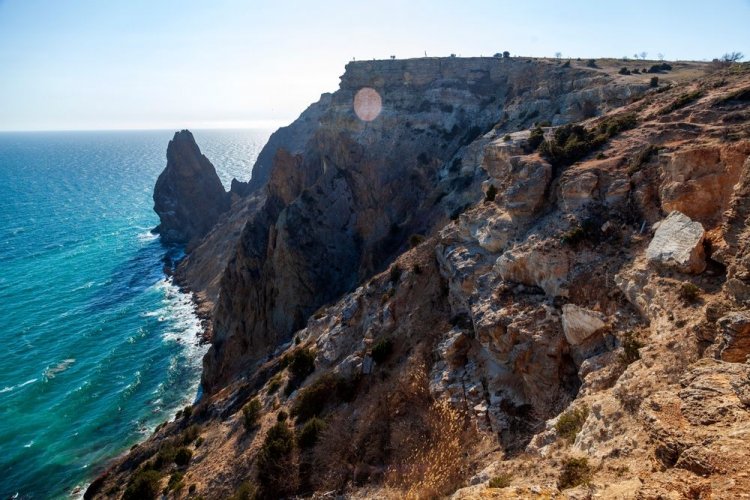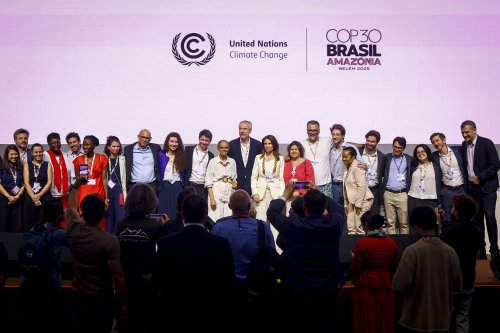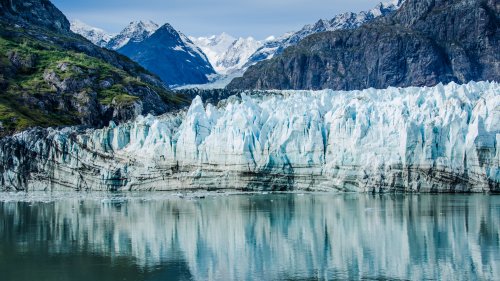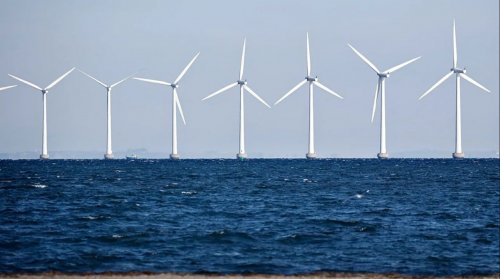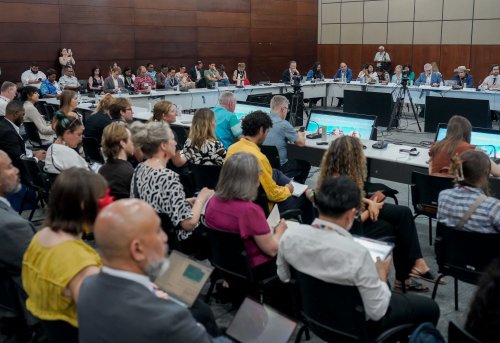Experts of the Crimean Tatar Resource Center (KRC) conducted an analysis of the features of climate change, the manifestation of natural phenomena and the trend of changes in climate comfort for the population of Crimea, and also identified the territories most vulnerable to environmental changes.
The results of the work are presented in the study "Environmental and climatic discrimination in the occupied Crimea: dimensions and threats", reports the KRC on Facebook.
They analyzed the existing legal acts and management decisions of the Crimean authorities, which cause ecological and climatic discrimination on the peninsula. This made it possible to establish the territories in which the prerequisites for internal or external migrations are created, which are caused by climate changes, a complex ecological situation and as a result of ecological and climatic discriminations.
The experts came to the conclusion that modern challenges from climate change, uncomfortable living conditions, discriminatory legal norms with violation of human rights to a clean and healthy environment, ineffective management decisions of the Crimean occupation authorities, complications of traditional farming and threats to the health and life of the Crimean population can cause environmental and social conflicts.
"Ineffective management and predatory environmental policies of the authorities do not contribute to the community's adaptive resistance to climate change and are a manifestation of ecological and climatic discrimination, and local environmental conflicts due to the complication of living conditions and the redistribution of resources can encourage a certain part of the Crimean population to internal and external migrations, in particular and in the direction of the southern regions of Ukraine," the study says.
The greatest burden will fall on the Kherson region, which will cause a number of negative social, ecological and economic effects.
The most negative ecological situation is characteristic of the steppe (especially the northern part) and coastal steppe regions and in the region of the southern coast of the Black Sea. However, the ecological situation for mountainous regions is mediocre.
Regarding the climatic vulnerability of different regions of Crimea, it was established that the most vulnerable are the mountainous regions, vulnerable – steppe (especially the northern part) and coastal steppe regions, and less vulnerable – the region of the southern coast of the Black Sea.
"The threat of forced displacement of the population as a result of environmental and climatic problems is quite real for Crimea," the study noted.
The potential for forced resettlement of people from Crimea due to adverse ecological and climatic conditions during the late 2020s - early 2030s can be estimated at 0.9-1.3 million people, of which 150-200 thousand people will be displaced for permanent residence . If short-term forced migrants will mainly concentrate in other regions of Crimea (most intensively - in Mountainous Crimea and in cities), then among permanent migrants the share of those who left for the regions of mainland Ukraine will be higher.
At the same time, the role of the Kherson region in accepting permanent climate migrants will be smaller than in accommodating short-term ones, which will create an additional burden on local markets and the region's social security system.
To mitigate the socio-economic consequences of potentially adverse ecological and climatic conditions, the following is proposed:
- Create points for temporary accommodation of the population affected by natural disasters on the territory of the city councils of Simferopol, Sevastopol and Yalta, as well as the regions of the Mountainous Crimea, and provide these points with basic necessities.
- To work out (in the post-war period) the issue of stimulating potential forced environmental and climatic migrants from Crimea to settle in the regions of Ukraine neighboring the Kherson region in order to reduce the burden on the local markets of the Kherson region.
The analysis of types of environmental offenses during 2019-2021 showed that the largest number of offenses in the territory of Crimea was recorded in the field of use and protection of water bodies, in the field of handling industrial and household waste, and in the field of protection of nature conservation areas.
As EcoPolitic reported before, the russian occupiers want to connect the previously occupied to the energy system Crimea wind power plants in the Kherson region, which were not damaged by their shelling.

